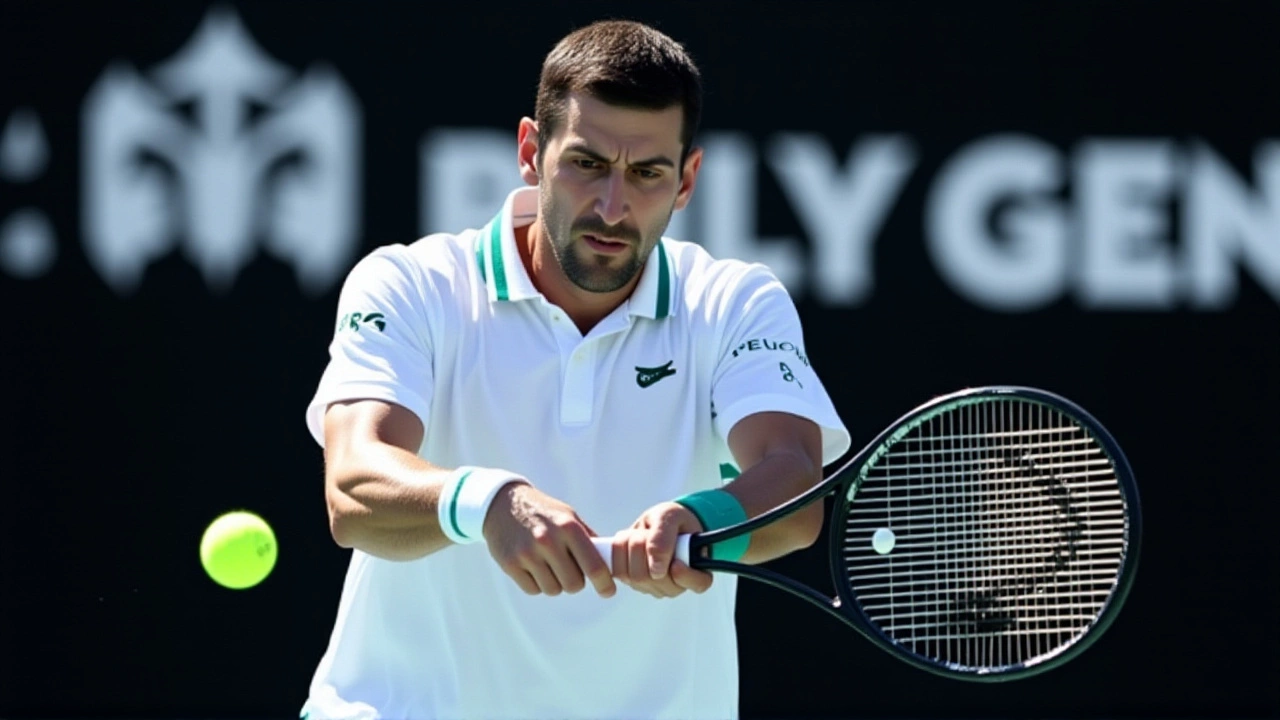Retirement in Sports – What Happens When Athletes Hang Up Their Boots
When talking about retirement, the stage where athletes stop competing and start a new chapter, it helps to look at career transition, the move from playing to coaching, media, or business, financial planning, strategies that protect income after the last match, and legacy management, how a player keeps their brand alive post‑career. Retirement isn’t just a date on a contract; it’s a process that blends personal goals, market opportunities, and long‑term wellbeing. A simple triple sums it up: Retirement encompasses career transition. Financial planning supports retirement. Legacy management influences post‑career opportunities. Understanding these links lets fans and aspiring athletes see why a player’s decision to retire can be as strategic as any game plan.
Key Pieces of the Retirement Puzzle
First, the timing. Some athletes bow out while they’re still at the top – think of a cricket star walking away after a historic win, like Nepal’s surprise over West Indies, which could spark a sudden shift in personal priorities. Others linger, dealing with injuries or controversies, such as Haris Rauf’s off‑field drama that may accelerate his exit from the game. Regardless of the reason, the age factor, how many years the body can handle high‑intensity sport plays a big role. Once the decision lands, the athlete needs a roadmap. Coaching gigs, punditry roles, or even brand ambassadorships become common pathways. That’s where career transition expertise shines – a former player with a strong network can land a commentator slot faster than one who starts from scratch.
Second, money matters. Many athletes earn big bucks early, but the cash flow stops when the contract ends. Effective financial planning involves diversifying income, investing wisely, and setting up retirement funds. A well‑crafted plan can turn a six‑year playing career into a lifelong income stream. It also mitigates risks like sudden health expenses, which can hit hard after the physical grind ends. Players who ignore these steps often face post‑retirement struggles, a reality that fuels public discussion about athlete welfare.
Third, legacy. Fans remember the moments, not just the stats. Managing that legacy means staying visible through social media, charity work, or founding academies. When a retired cricketer launches a youth training center, they not only give back but also extend their personal brand. This kind of legacy management can open doors to sponsorship deals and speaking gigs, reinforcing the financial and emotional benefits of a well‑planned retirement.
All these pieces – timing, money, and legacy – intersect. For example, a player who retires after a big win might leverage the fresh hype to secure a lucrative commentary contract, while simultaneously investing the earnings into a long‑term fund. That synergy illustrates another semantic triple: Career transition boosts legacy management. Financial planning fuels legacy management. Together they create a stable post‑retirement life.
Below you’ll find a curated collection of stories that touch on these themes. From surprise victories that reshape a player’s outlook to off‑field controversies that hasten the end of a career, the articles showcase how retirement decisions ripple through performance, finances, and personal brand. Dive in to see real‑world examples, practical tips, and the kind of insight that helps any athlete—or fan—understand what comes after the final whistle.
